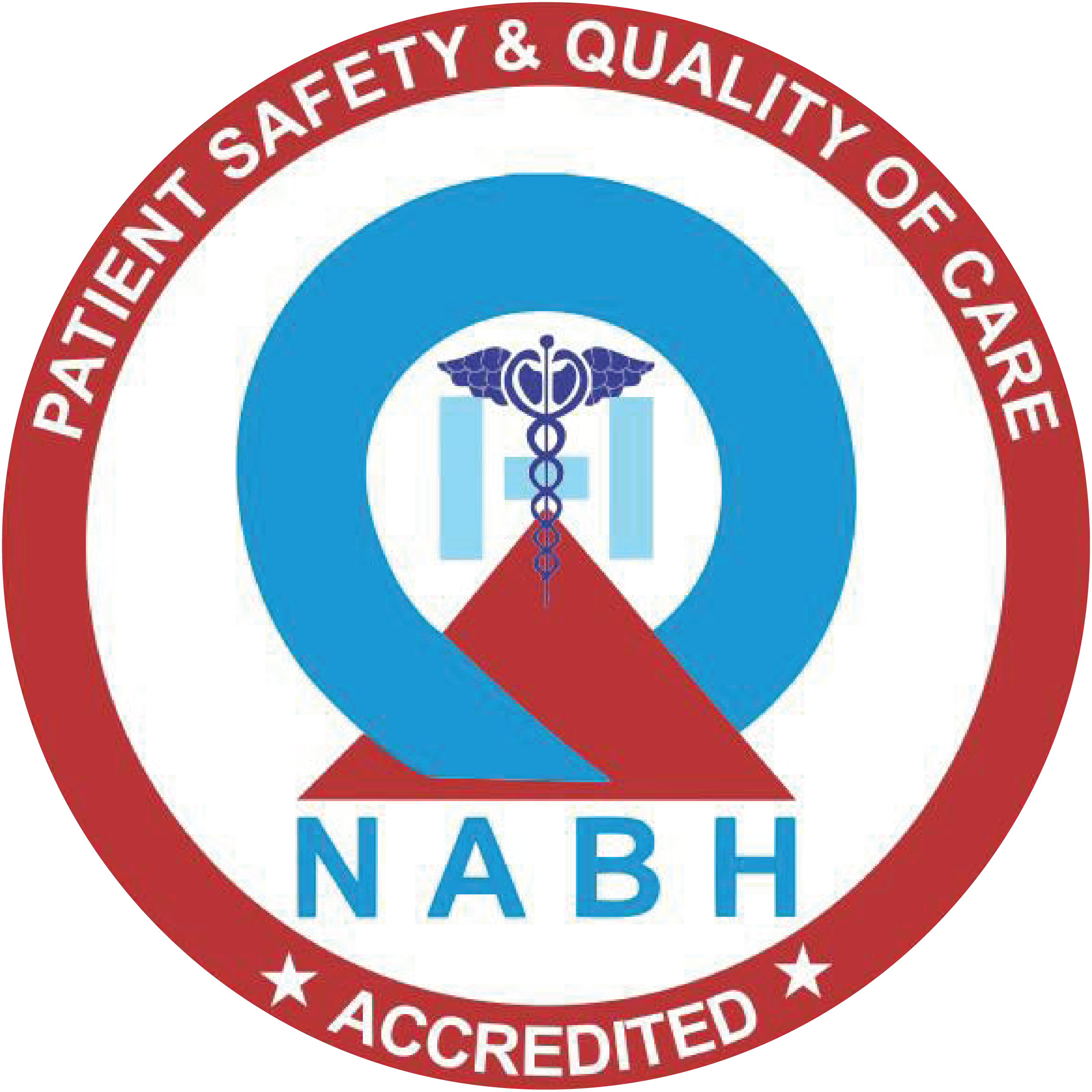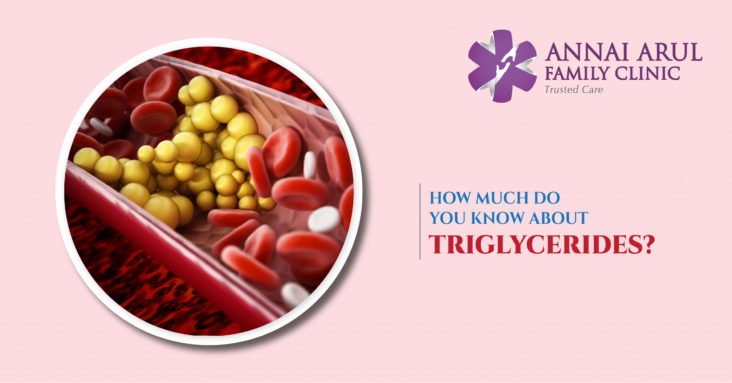Triglycerides are the fat content in your blood. The blood receives this fat from the food we eat. Oil, margarine, butter, ghee and most other fats in our food forms triglycerides. Blood absorbs them from the intestine after we eat and the food is processed in our stomach.
The body also turns extra calories from simple carbohydrates such as white bread, candy, sugar and alcohol into triglycerides and stores them in the fat cells of our body.
Triglycerides & Cholesterol
Triglycerides are not cholesterol as commonly mistaken. Both are known as lipids, but only triglycerides are fats. On the other hand cholesterol is just a waxy substance that is produced in the liver and intestine (though some of it comes from the food as well) that helps make cell membranes and hormones in the body. Cholesterol also helps in metabolism.
What are lipoproteins?
Triglycerides can’t move around in the blood on their own, so they attach to certain proteins called lipoproteins. This is how they are able to move around in the body until they get stored in the fat cells.
How to test triglyceride levels?
Your doctor will test triglycerides and cholesterol together by taking a sample of your blood. Prior to this you may be asked to avoid certain foods or drinks or stop eating for half a day to get an accurate result. The blood will then be tested in a lab.
What is lipid profile?
Lipid profile is a test that tells the levels of good (HDL) cholesterol, bad (LDL) cholesterol and triglycerides in the blood. The physician will use a formula to arrive at a single number that shows the total blood cholesterol levels. A high number shows that you are at higher risk of getting heart disease. Factors like age, smoking, alcohol, blood pressure and other things may affect the result too.
Is fasting required before the test?
Triglycerides levels shoot up after you have had food. That is why there is a probability that your doctor may ask you not to eat or drink at least 12 hours before the test. Your diet, drinking alcohol, menstrual periods (for women), time of the day and exercise preceding the test will influence the results considerably.
Norms to check your triglycerides
Check your triglycerides by using the following numbers for guidance. The results are after 12 hour of fasting.
- Desirable: Less than 150 mg/dL (1.7 mmol/L)
- Borderline high: 150 to 199 mg/dL (1.7-2.2 mmol/L)
- High: 200 to 499 mg/dL (2.3-5.6 mmol/L)
- Very high: 500 mg/dL or greater (5.6 mmol/L)
Do higher values cause symptoms?
Higher values usually do not cause any symptoms but it is always good to test your lipid levels, including triglycerides on a regular basis. High levels can be a sign of other conditions including heart disease. Higher values also may be due to obesity, high blood pressure, high cholesterol, and diabetes and thyroid disease.
Triglycerides related to insulin resistance in body
Increases risk of pancreatitis also
LDL – Bad cholesterol, increase heart risk
HDL – Good cholesterol, increased by exercise, balanced diet.


